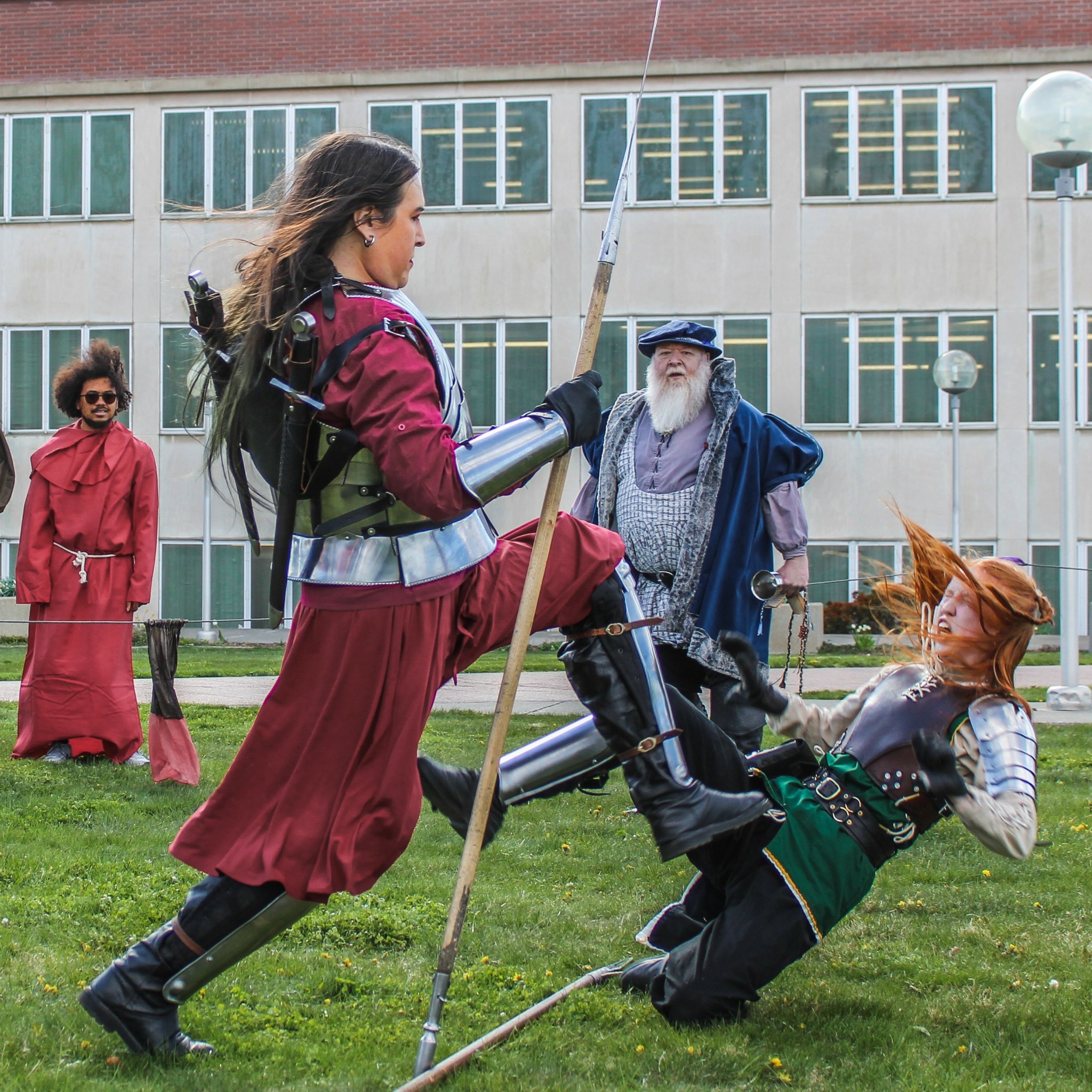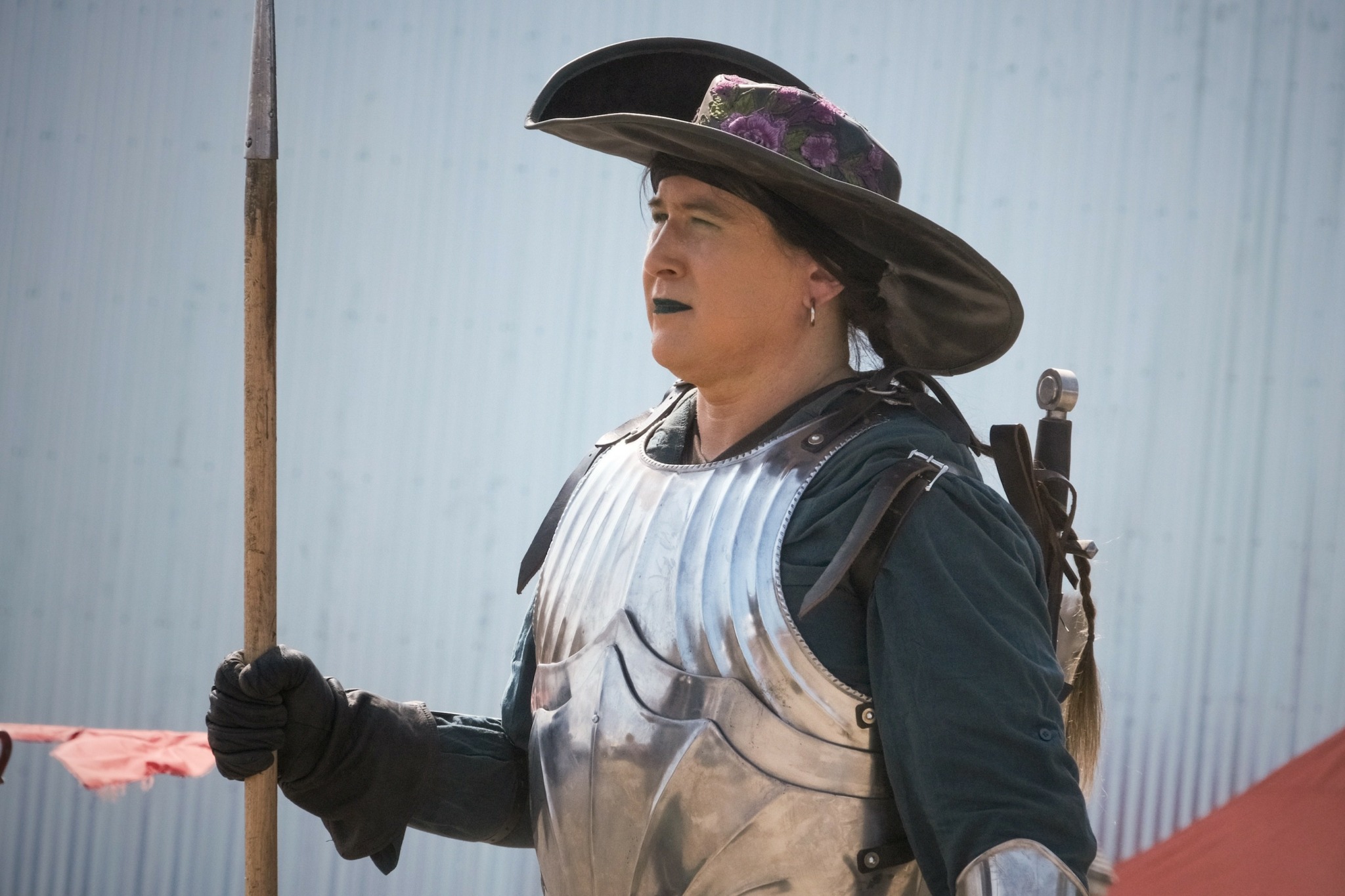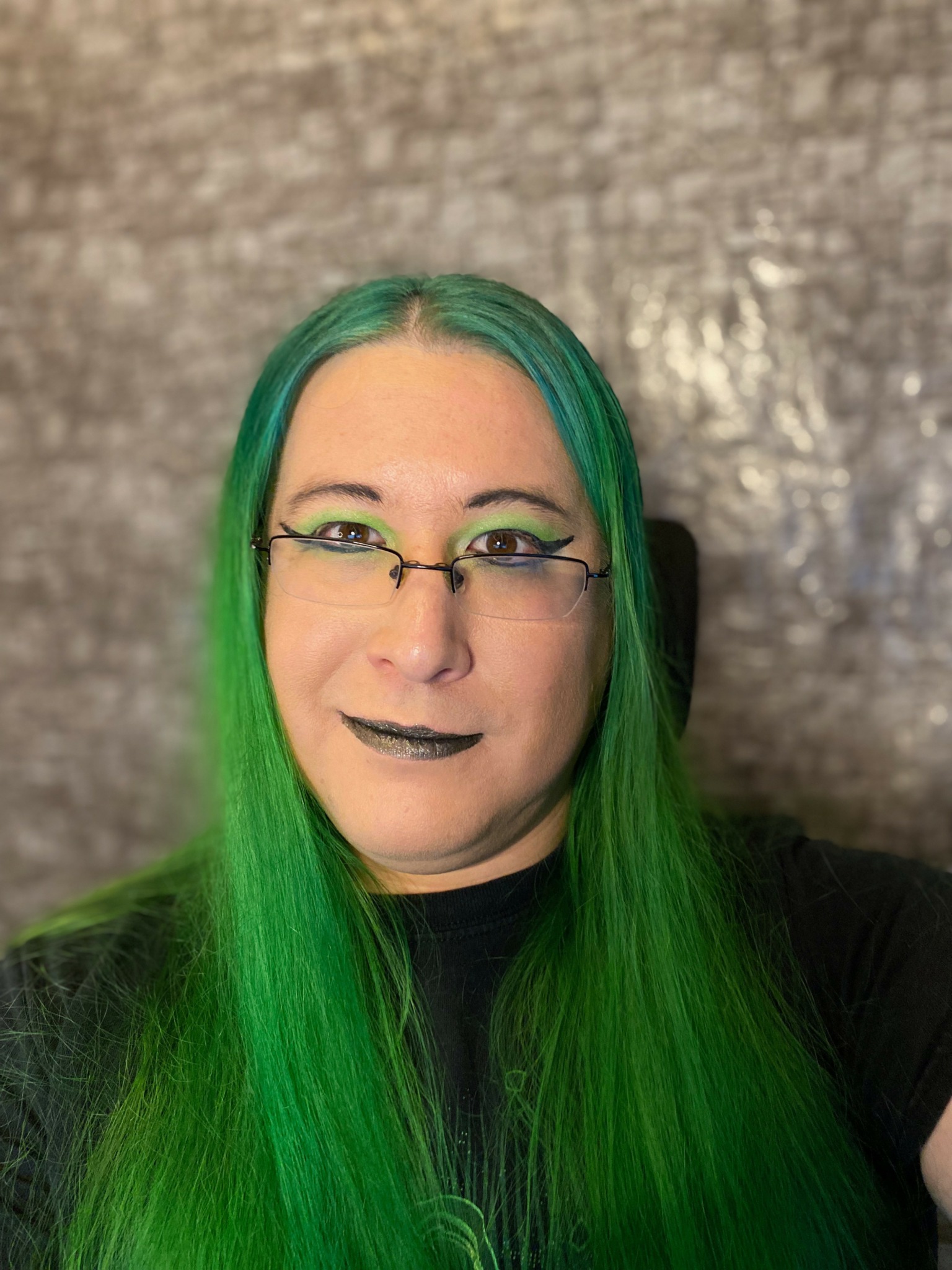We’re excited to introduce you to the always interesting and insightful Hiromi Cota. We hope you’ll enjoy our conversation with Hiromi below.
Hi Hiromi, thanks for joining us today. Are you able to earn a full-time living from your creative work? If so, can you walk us through your journey and how you made it happen?
The games industry, on average, pays pretty poorly, but I tend to stay very busy. As an example, I usually have around 10 projects in the air at any given time. That translates into income that’s frequent enough to pay bills or at least make a dent in them.
My journey started in 2016, when I asked a friend about the industry, and he liked my writing style well enough to hire me onto a book. That put my name in a few people’s ears, who also liked my style and hired me for their books. I’m not going to lie; it was pretty slow going for the first two years. I kind of exploded in popularity in 2018 and worked on 23 projects. Since then, I’ve been doing around 20 projects a year.
Making contacts in the industry has been essential to my success. I could not do the volume of work I do without people willing to give me a shot. Phil “Satyros” Brucato is fairly famous in the industry, as he was instrumental in the success of the games Mage: the Ascension, Werewolf: the Apocalypse, and a few other major White Wolf Games properties. He was the friend I asked about information about the RPG industry. He’s been a great mentor to me, helping me develop my writing voice and regularly introducing me to new people in the industry. I did a lot of legwork on my own, and there are other people who helped me greatly, but it was Satyros who got me in the door and helped me grow my career.
Networking at conventions, project chat servers, and in-person has been an important tool to keeping projects flowing my way. Even something as simple as hanging out at a diner or cafe and chatting about recent work can lead to gigs down the line.

As always, we appreciate you sharing your insights and we’ve got a few more questions for you, but before we get to all of that can you take a minute to introduce yourself and give our readers some of your back background and context?
Hai tai! Wannee Hiromi yaibiin! I’m Hiromi Cota (they/she). I’m an Indigenous Okinawan and Yaeyaman, as well as Japanese, Mexican, and Swedish-American. I wear a variety of creative hats, but the gist of it is that I’m a games work (primarily RPGs), actor-combatant, and genre fiction writer. As a games worker, I’ve worked on 113 games, with 104 of them being RPGs. The majority of my work is writing, but I do a variety of other things in the industry, from designing to developing to cultural consulting. As an actor-combatant, I usually perform in front of crowds, doing choreographed and free-form fights with live steel weapons and medieval armor, but I also do plays, skits, audio dramas, and stunt work for films. Basically, if it sounds like a fun gig to me, I’ll probably take it. My genre fiction work tends to be pretty niche, but sometimes, I get a larger crowd, like the time I wrote fiction for Pathfinder.
As a creative, I feel that it’s my job to make things more diverse. The RPG industry has had decades of the same points of view, and it could use input from the other 70% of the population. I’m not alone in making that happen; there are plenty of other RPG developers out there who have been adding Indigenous, Black, Brown, Asian, and LGBTQIA+ voices into the mix. Making things queerer, more Asian, and more Indigenous is kind of my jam, though.
It’s hard to pick one thing I’m most proud of, but it might be my work on The Fifth Season Roleplaying Game, which was based on N.K. Jemisin’s Hugo Award-winning Broken Earth trilogy. If you’re not familiar with the Broken Earth trilogy, it’s about fantasy world with a largely mixed-race population that has to contend with their planet going out of its way to kill them. Very few characters in the novels are white-coded. Some are Black or Asian-coded, but most of them are mixed. So, naturally, our team for the game was almost entire BIPOC creators, with most of us also being queer. Like, the game has been a labor of love, made by the underrepresented for the underrepresented. I was originally hired to work on the game as a writer, but when the developers needed help, they turned to me to be the third developer, who did their best to push the game across the finish line.

Is there mission driving your creative journey?
Yeah. So, my basic goal is to make games accessible and interesting to more people. I’m going to take a detour to explain why.
When people think of RPGs, they often associate them with straight, cis, white guys, because that’s who was making them back in the 70s and 80s (up until Mike Pondsmith made Cyberpunk in 1988). But, my Black uncle was the one who introduced me to D&D. I played with him and my cousin for what felt like dozens of epic sessions, but was probably just a handful of fun adventures. For me, D&D and other RPGs were always inclusive, because my first gaming group was inclusive.
So, when I got the power to hire writers to make game books, I went out of my way to get a diverse selection of folks, representing as much of the English-speaking world as I could. I still do. The results have been fantastic. Me and my writers create detailed settings and games that feel complex and lived-in — where there’s no one kind of character. In short, we make games where there’s room for you, whoever you might be.
One of my most recent game books is Scion: Mythic Shards, which has a cover showing a Black & Chinese-American man in a variety of different settings, from cyberpunk mecha to space opera to noir to a fun blend of the Wild West & the Chinese wuxia novel Journey to the West. So, even the cover lets people know that the game has the flexibility to let them play the game they want to play.

What’s the most rewarding aspect of being a creative in your experience?
I have two answers for this. The first is for my work as a game designer: Getting to see people enjoy my games is the best aspect of being a designer. Most writers don’t get to see people live-streaming their work on Twitch, but every now and then, I can watch a group of people playing one of my adventures or games as they explore the plot hooks I developed and engage with details that I threw in on a whim. I make games so that people can have a good time with their friends, and getting to see people doing that, knowing that I was instrumental in at least one fun night of their lives is surreal and exciting.
Don’t get me wrong, seeing someone play something you made feels weird. After all, you’re seeing your own work through other people’s eyes. But, that’s part of helping games to become more inclusive. The same world can be seen many different ways. No two groups are going to play the same adventure the same way; they’re all going to put their own personal spin on it. And that’s fantastic.
My second answer is for my work as an actor-combatant: Hearing audience members really engage with what I’m doing. When I’m doing live theater, it’s easy for me to zone the audience out and get caught up in the scene, but sometimes, I can hear them laughing at the jokes and gags I spent so much time polishing or gasping at my character’s disasters. When I’m doing shows with fights, hearing audiences get hyped because of my acting or fighting never gets old.
The absolute best moment I had as an actor-combatant was last year at Canterbury Renaissance Faire in Oregon. Characters were getting poisoned and dying every few minutes, but my character survived a poisoning attempt. Then, she started to beat up one of the people suspected of doing the poisoning, only to drop dead from poison at the cusp of her victory. I’d made the audience care about my character, given them hope, and then snatched it away. They were furious at the suspected poisoners after that; they were completely sold on the plot and could not look away from the action for the rest of the show. It was an honor to put the audience through the emotional wringer.
Contact Info:
- Website: http://hiromicota.com
- Instagram: https://www.instagram.com/hiromi.cota/
- Other: BlueSky: https://bsky.app/profile/hiromicota.bsky.social

Image Credits
Louise Tollisen
Seattle Knights photographer
Ryan Loveland


